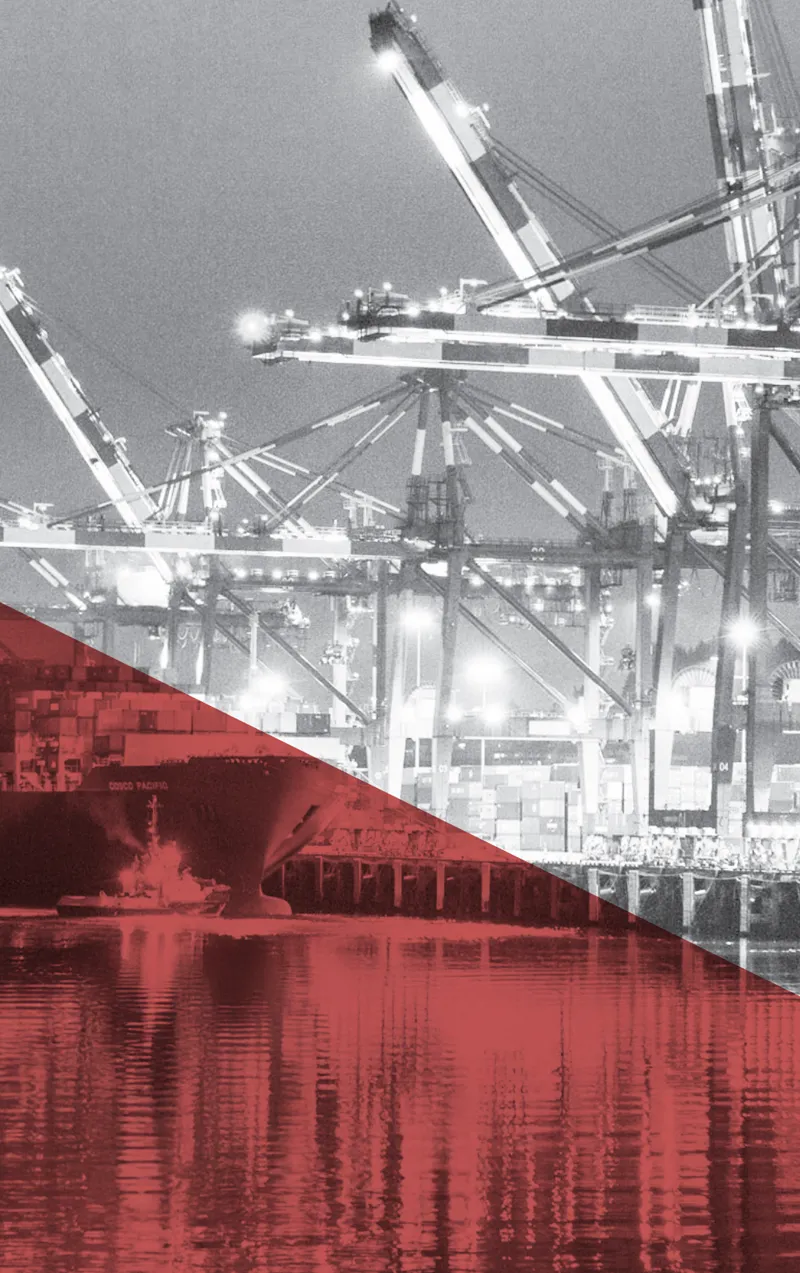Near Tatogga, Kitimat-Stikine Regional District
BC’s Economic Engine
Northwest BC has well-developed rail, road, and port infrastructure that supports the movement of goods and services to and from North American and Asian markets. RBA communities support sustainable, environmentally friendly industrial developments, including mines, liquified natural gas plants, lumber mills, and hydroelectricity projects that are critical to the provincial economy.
Industry is attracted to the Northwest for various reasons:
- The region’s abundance of natural resources;
- The deep-water Port of Prince Rupert, which is the Pacific Port Gateway internationally;
- Availability of land and hydroelectricity for industrial commercial development;
- The deep-water Douglas Channel and Kitimat Harbour, home to the Rio Tinto aluminum smelter, LNG Canada, and Cedar LNG; and
- The ice-free deep sea Port of Stewart, importing and exporting cargo for the forestry, mining, and oil and gas industries.
Prince Rupert, B.C.
The percentage of all major projects forecasted for BC in 2023 were in the Northwest

Infrastructure Needs Analysis Report for Northwest BC Local Governments (2019)
Kitimat, B.C.
Northwest Major Projects
The importance of the region to the provincial economy is highlighted in the 2022 BC Major Project Inventory (MPI), which shows that nearly 74% of all major projects related to mining, oil and gas, wood manufacturing and petrochemical manufacturing recently completed or already under construction in BC are within the RBA region. That trend in the regional concentration of industrial development continues, with 84% of all proposed 2023 BC major industrial projects forecasted to occur within the area. Plus, with industrial development in our region also supporting or spurring other development projects in other parts of the Province, the Northwest region is an enormous economic generator for BC.
Local governments within the Northwest are critical to ensuring the success of any new industrial development in the region. Key for the RBA’s local governments is having the community infrastructure and capacity in place to support the projected industrial activity and its workforce. All the RBA local governments will have completed Asset Management plans by the end of the current five-year agreement with the Province. These plans will further support the need for an on-going funding agreement with BC.

